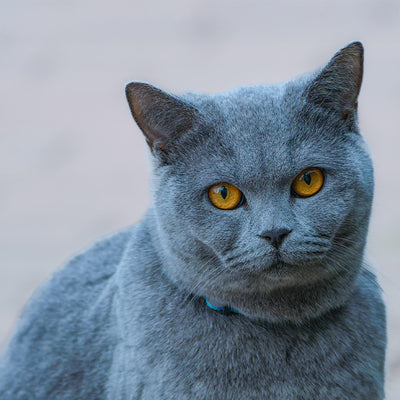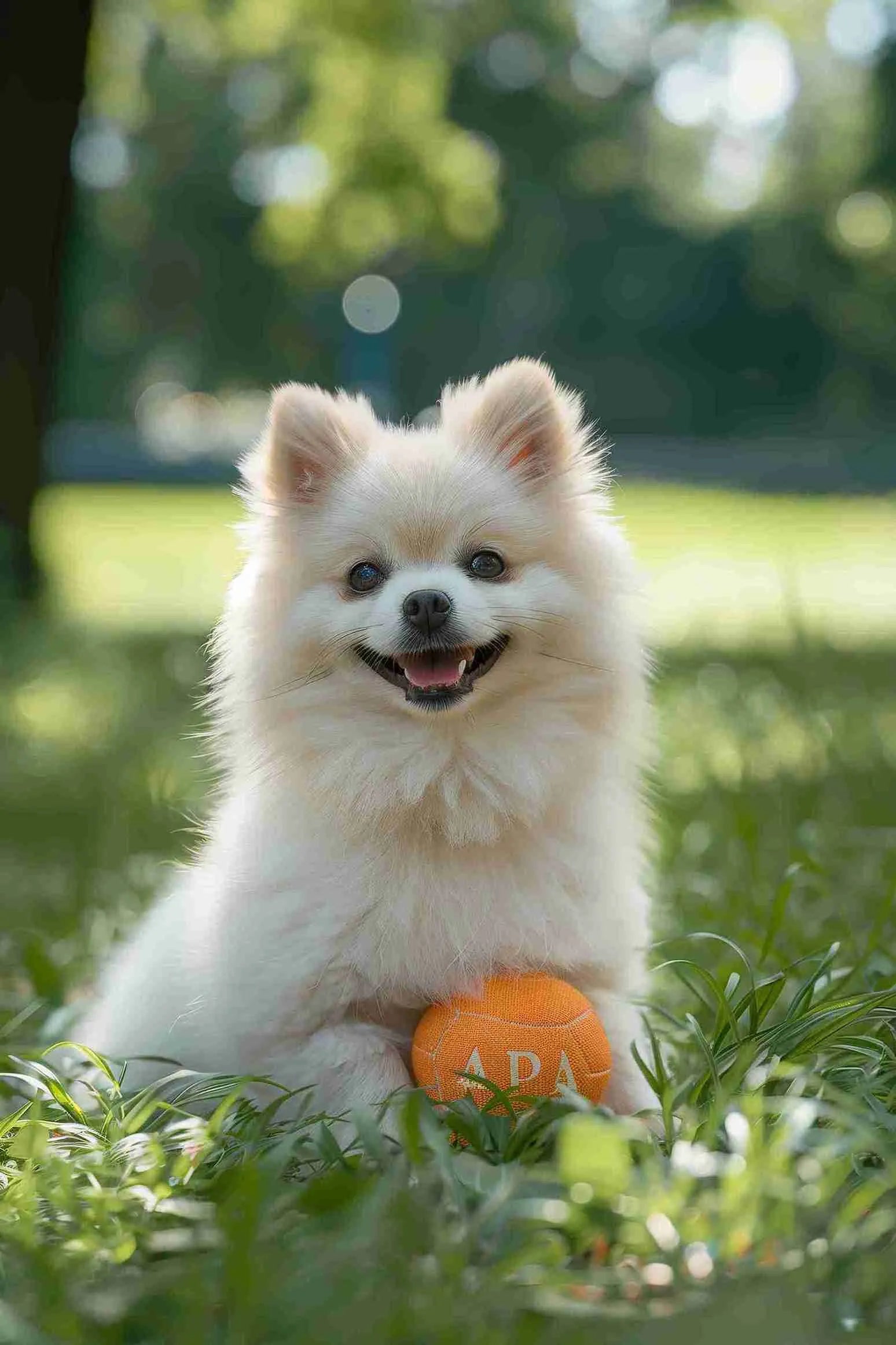Pomeranian
Pomeranian
America’s Fluffy and Bold Toy Dog
1. Introduction to the Breed
The Pomeranian, securing the #22 spot in the 2024 American Kennel Club (AKC) rankings, is a fluffy and bold breed cherished for its vibrant personality and diminutive size. Known as “Poms,” these toy dogs captivate with their fox-like faces and luxurious coats, making them a favorite among small-dog enthusiasts, urban dwellers, and families seeking a spirited companion. Their confident demeanor and portability make them ideal for apartments or cozy homes, bringing big personality to small spaces.
2. History of the Breed
Originating in the Pomerania region of modern-day Germany and Poland, Pomeranians descend from larger Spitz-type sled dogs, miniaturized in the 18th century for companionship. Popularized by Queen Victoria, who bred them to a smaller size, Poms became a royal favorite in England. Recognized by the AKC in 1888, they gained U.S. popularity for their show-stopping coats and lively charm, appearing in dog shows, media, and as pampered pets. Their compact size and bold spirit have made them a timeless favorite.
3. Physical Characteristics
- Typical Size and Weight: Pomeranians are toy-sized, standing 6–7 inches tall at the shoulder and weighing 3–7 pounds, with a compact, delicate build.
- Coat and Color: Their double-layered, fluffy coat is thick and plush, with a soft undercoat and long outer coat, in colors like orange, black, white, cream, or sable, often with multicolored patterns.
- Distinctive Features: Poms have a fox-like face, small, erect ears, and bright, almond-shaped eyes. Their plumed tail, curling over the back, and fluffy mane give them a lion-like appearance.
4. Personality Traits
Pomeranians are bold, lively, and affectionate, with a confident personality that belies their tiny size. They form strong bonds with their owners, enjoying attention and gentle interaction with older children or familiar pets. Their alert nature makes them vocal watchdogs, often barking at strangers or noises, requiring training to manage. Poms are intelligent and curious but can be stubborn, thriving with owners who provide structure and affection to balance their feisty, independent streak.
5. Care Requirements
- Exercise Needs: Poms need 20–40 minutes of daily exercise, such as short walks, indoor play, or light fetch games. Mental stimulation through training or puzzle toys keeps their sharp minds engaged without overexertion.
- Grooming Needs: Their thick coat requires daily brushing to prevent matting, with professional grooming every 4–6 weeks for a tidy trim. Regular ear cleaning, nail trimming, and dental care are essential, as Poms are prone to dental issues.
- Dietary Considerations: A small-breed diet with high-quality proteins supports their energy and coat health. Portion control prevents obesity, and foods with omega fatty acids reduce skin sensitivities. Avoid table scraps to maintain dental and digestive health.
6. Health and Lifespan
Pomeranians have an average lifespan of 12–16 years. Common health issues include patellar luxation, tracheal collapse, dental disease, and alopecia X (hair loss). Their small size makes them prone to injuries from falls. Regular vet checkups, dental cleanings, and genetic screenings mitigate risks. Owners should monitor for coughing, breathing issues, or hair thinning and ensure a safe environment to prevent accidents. A low-fat diet supports overall health.
7. Training and Socialization
Pomeranians are intelligent but can be stubborn, requiring patient, positive reinforcement training with treats or praise. Short, engaging sessions keep their attention, as their bold nature may lead to distraction. Early socialization ensures comfort with strangers, children, and other animals, reducing excessive barking or shyness. Teaching commands like “quiet” and “stay” helps manage their vocal tendencies. Consistent training prevents “small dog syndrome” and fosters a well-mannered Pom.
8. Ideal Home Environment
Pomeranians thrive in apartments or small homes, making them ideal for urban dwellers, seniors, or singles. Their tiny size suits cozy indoor spaces with soft bedding for lounging. A secure, small yard is sufficient for light play, but they prefer staying close to their owners. Owners should provide a stimulating environment to prevent boredom-induced barking and ensure a safe, gentle setting to protect their delicate frame.
9. What’s the Best Toy for My Pomeranian?
Pomeranians enjoy toys that suit their bold, playful nature and small size. Soft chew toys made of gentle rubber satisfy their mild chewing instincts, providing 10–15 minutes of engagement, especially when stuffed with treats for light mental stimulation. Plush toys without squeakers are ideal for cuddling or gentle tossing, perfect for 10–15 minute indoor play sessions to match their moderate energy. Small, lightweight balls for rolling encourage light chasing, suitable for their delicate build. Interactive puzzle toys with treat compartments engage their curious minds, keeping them occupied for 10–15 minutes indoors. Avoid hard or oversized toys that could harm their tiny jaws. Rotate toys regularly and pair with gentle games to maintain engagement.
10. Adoption and Breeder Tips
Choose breeders affiliated with the American Pomeranian Club, ensuring health clearances for knees, eyes, and heart conditions. Visit the breeder to assess puppy health, meet parents for temperament insights, and confirm ethical practices, including socialization and clean facilities. Rescues like Pomeranian-specific organizations offer adoptable dogs, often with known histories. Avoid puppy mills, as Poms are prone to health issues if poorly bred. Ask about genetic testing, coat care, and socialization practices to ensure a healthy, well-adjusted dog suited to your lifestyle.






0 comments